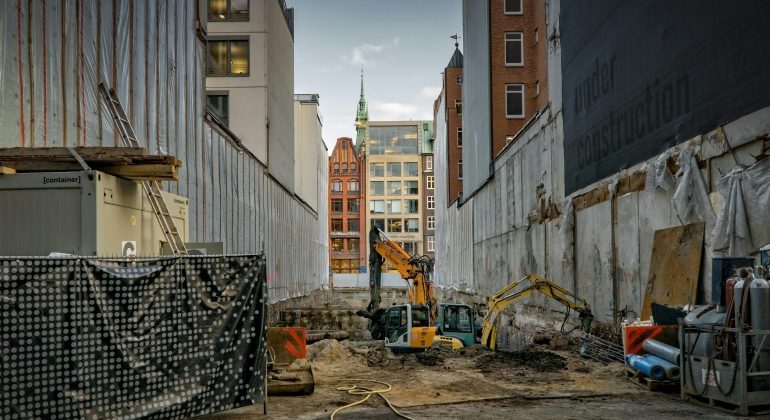Introduction
Construction is the backbone of human progress, shaping the world we live in—from towering skyscrapers to intricate bridges and sustainable homes. This blog explores the evolution of construction, its current trends, and its impact on society and the environment.
A Brief History of Construction
Construction has been a cornerstone of civilization for millennia. From the pyramids of Egypt to the Roman aqueducts, early builders used rudimentary tools and local materials to create enduring structures. The Industrial Revolution marked a turning point, introducing steel, concrete, and mechanized equipment that enabled larger, more complex projects. Today, construction is a blend of traditional craftsmanship and cutting-edge technology, driven by innovation and sustainability.
Modern Construction Trends
1. Sustainable Building Practices
Sustainability is at the forefront of modern construction. With growing environmental concerns, the industry is adopting green building materials, energy-efficient designs, and renewable energy integration. Techniques like modular construction and the use of recycled materials reduce waste and carbon footprints. Certifications like LEED (Leadership in Energy and Environmental Design) guide projects toward eco-friendly standards.
2. Technological Advancements
Technology is revolutionizing construction. Building Information Modeling (BIM) allows for 3D project visualization, improving planning and collaboration. Drones and robotics enhance site surveys and automate repetitive tasks, increasing efficiency. Additionally, 3D printing is emerging as a game-changer, enabling the creation of complex structures with minimal waste.
3. Modular and Prefabricated Construction
Modular construction, where building components are manufactured off-site and assembled on location, is gaining popularity. This method reduces construction time, lowers costs, and minimizes environmental disruption. It’s particularly effective for residential and commercial projects in urban areas.
Challenges in the Construction Industry
Despite its advancements, construction faces challenges. Labor shortages, rising material costs, and supply chain disruptions can delay projects. Safety remains a critical concern, with the industry working to reduce workplace accidents through better training and technology. Additionally, regulatory hurdles and varying building codes across regions can complicate large-scale projects.
The Future of Construction
The future of construction is exciting and dynamic. Artificial intelligence (AI) and machine learning are poised to optimize project management and predict maintenance needs. Smart buildings, equipped with IoT (Internet of Things) devices, will enhance energy efficiency and occupant comfort. Furthermore, the push for net-zero buildings will drive innovation in materials and construction techniques.
Conclusion
Construction is more than just building structures; it’s about creating spaces that enhance lives and protect the planet. As the industry embraces sustainability, technology, and innovation, it continues to shape a better future. Whether you’re a homeowner, developer, or industry professional, staying informed about these trends will help you navigate the evolving world of construction.



